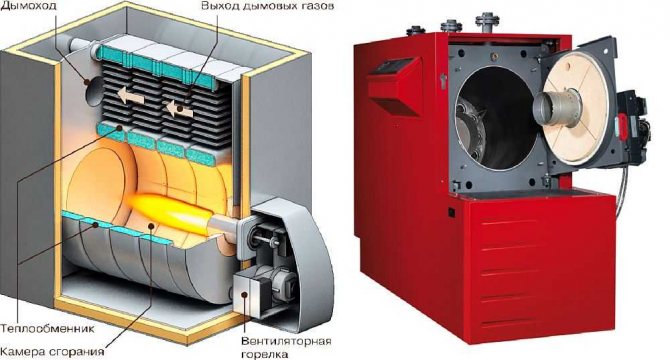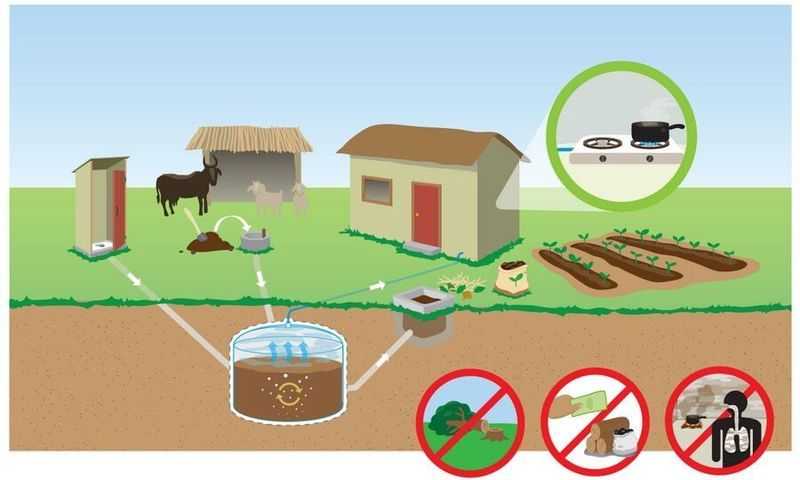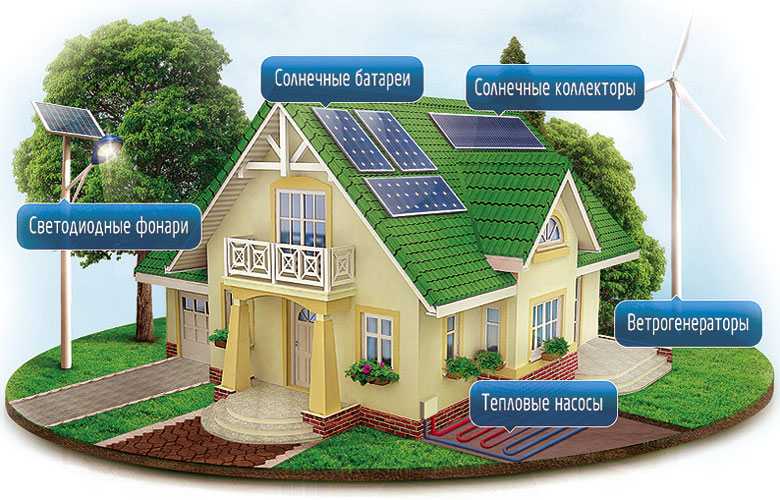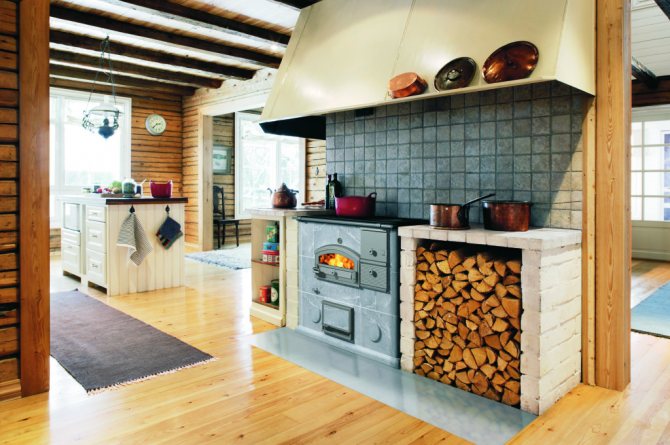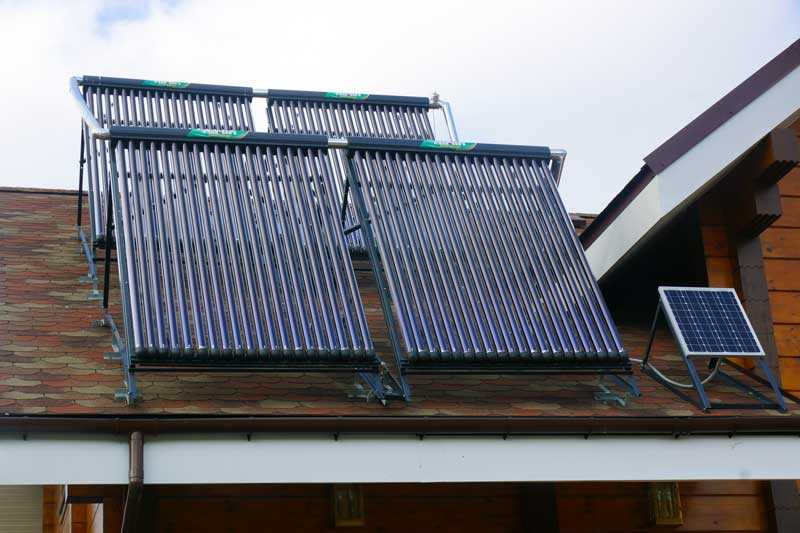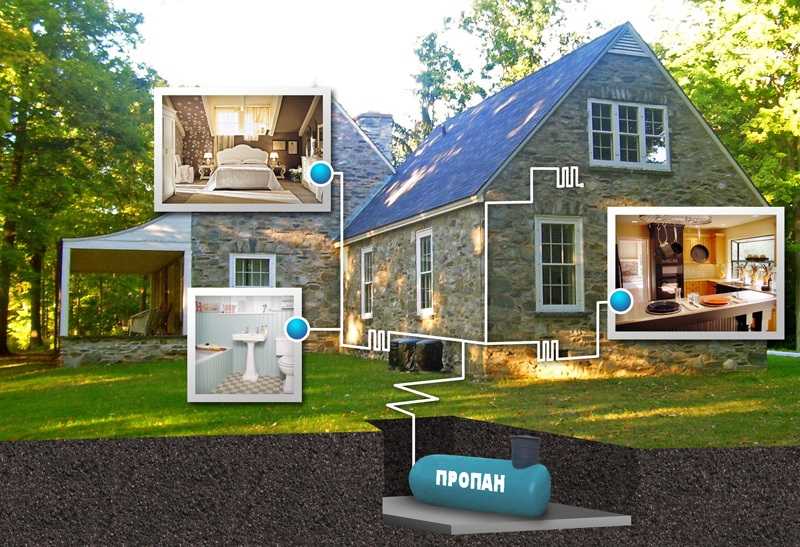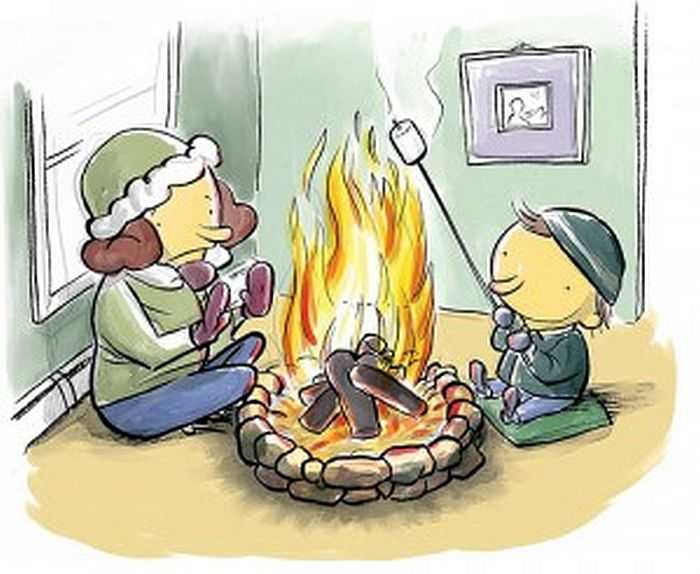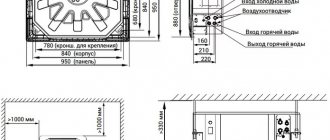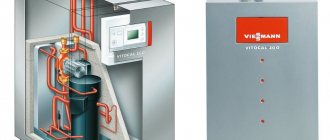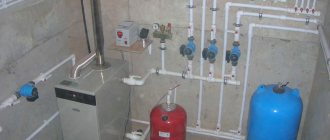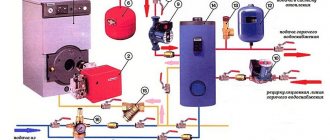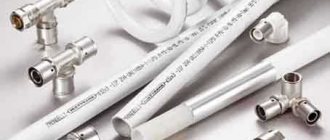Traditional heating systems can be organized only if there are main gas pipelines. Modern perspective construction of heating networks offers several alternatives to gas heating in private houses.
Alternative - those heating methods in which the fuel is not ordinary gas. Sources are divided into two types:
- Basic. Completely replace gas equipment. Powerful installations that are able to fully provide the building with thermal energy;
- Additional. Used in conjunction with gas boilers. They do not fully cover the need for heating. They are used to reduce gas consumption during peak hours, as well as in the spring-autumn period, when there is no need to start up the main equipment.
The use of alternative heat sources is envisaged in the following cases:
- There are no closely located communications of the gas supply network;
- High resource cost;
- Gas heating has low efficiency;
- Northern regions (too low air temperature causes an increase in gas consumption);
- Reducing heating costs is required.
Solid fuel boilers
Solid fuel is used not only in large boiler houses, but also in small boilers for heating private houses. In addition to coal, solid fuel boilers use firewood and pellets, straw, sawdust and chips.
Pellet properties:
- Low cost;
- Ease of transportation;
- Environmental friendliness.

Sectional diagram of a solid fuel boiler
Operating principle
It is similar to traditional equipment: fuel is burned in the furnace, due to which the coolant is heated.
Benefits:
- High efficiency;
- Security;
- Compactness (modern models).
The disadvantage is the complexity of servicing this system: frequent loading of fuel, regular cleaning of the combustion chamber, etc. Modern models are equipped with an automatic fuel supply system, which makes this type of alternative heating the main competitor for gas boilers.
Solid fuel / liquid fuel boilers
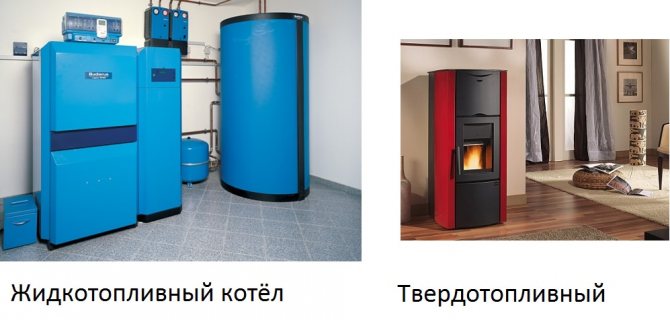

Solid fuel boilers work by burning fuel. Peat, coke, pellets and coal can be used as firewood. In the process of operation, solid fuel boilers emit a specific gas, which they also burn. Due to this, the room is heated.
Often, coal is used for the operation of such units. The pyrolysis boiler has 2 separate chambers: firewood is loaded into one, and gas is burned into the other.
Oil-fired boilers - these are devices that burn waste oil, kerosene, fuel oil, biofuel. They include a combustion chamber and a nozzle. The injector structure consists of a fuel pump, a combustion control system, and air and fuel regulators.
Liquid fuel appliances can be of the following types:
- Single stage.
- Two-stage.
- Modulated.
Their use will allow maintaining the temperature regime, as well as providing more economical fuel consumption.
Oil fired boilers
They use fuel oil or diesel fuel as fuel.
Benefits:
- High efficiency;
- Possibility of installing additional equipment (boilers) into the system without reconstructing existing circuits;
- Effective heating of large rooms;
- High reliability of installations;
- Fast installation;
- Compactness (modern models).
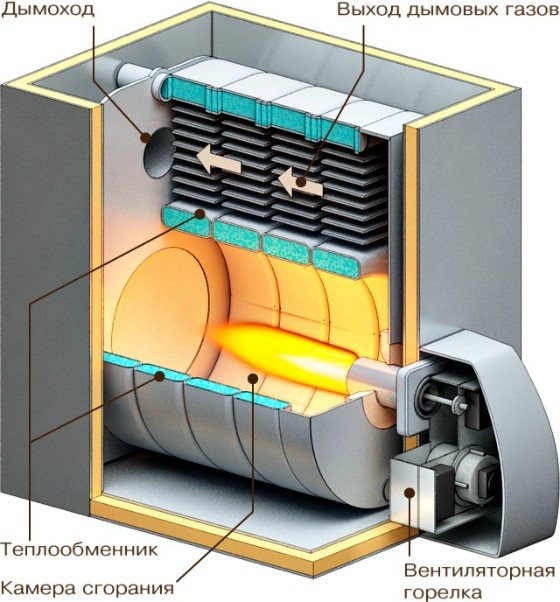

Sectional diagram of a diesel boiler
The disadvantages of this type of heating include:
- Presence of harmful emissions into the atmosphere;
- Installation of additional instrumentation and control devices (for continuous monitoring of network parameters);
- The need for a separate room for the boiler;
- Difficulties in the transportation and storage of liquid fuels.
Heating boilers without gas
Liquid fuel boilers.
These plants run on such types of fuel as diesel oil, fuel oil or kerosene.
The main problem is that fuel is very expensive. Moreover, it is highly flammable and highly flammable. Therefore, it should be stored only in a special room. But at the same time, they can perfectly heat the temperature to a high mark, even in large buildings. The range also includes options such as steam and hot water boilers. They are very handy, compact and versatile. And they are also very easy to install.
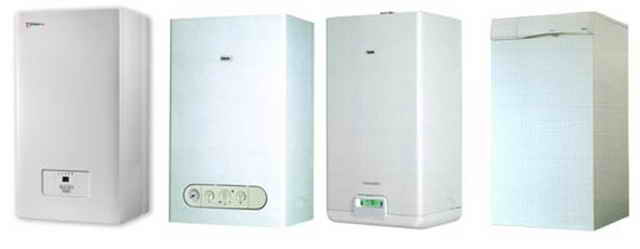

Electric heating
This type of boilers can be used as the main and additional heat source.
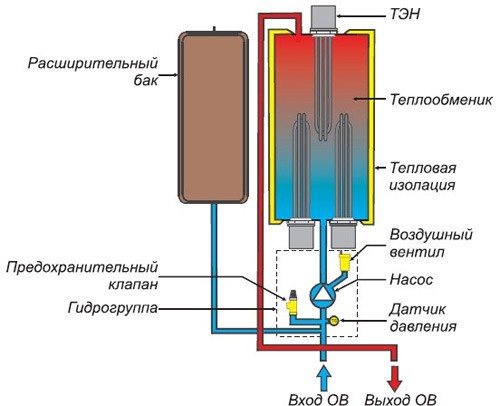

The principle of operation of an electric boiler
Benefits:
- Small dimensions;
- High efficiency;
- Lack of flame;
- Possibility of connecting boilers and using the "warm floor" technology;
- High reliability of installations;
- Environmental friendliness, no chimney;
- No need for constant maintenance.
The disadvantages include high energy consumption, which means the high cost of heating.
Heating a private house with diesel fuel
Oil heating boilers are an alternative home heating solution that has many advantages, one of which is the low installation cost. Any other type of heating that is based on combustion requires high installation costs.
Such boilers have approximately 75-85% efficiency and are half the cost of gas boilers.
The disadvantages of diesel boilers are that they require regular maintenance and frequent monitoring of the system, and they also have a high operating cost.
Autonomous heating (gas holder)
It is the best option for small or country houses where they do not live permanently. The device allows you to get heat, hot water and electricity.
It is a large container containing liquefied gas (butane, methane, their various mixtures). The volume of the vessel is chosen in such a way that it will last for one season.
There are two types of structures:
- Vertical. They have a small evaporation area. Often several tanks are installed in parallel to increase the evaporation surface.
- Horizontal. Requires more installation space.
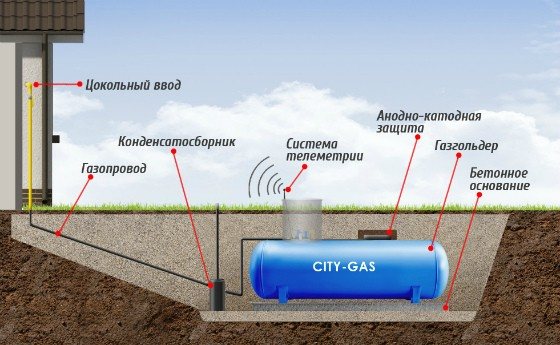

Horizontal gas tank underground
Device
The tank body is made of high-carbon steel or reinforced concrete, which can cope with heavy loads and high pressure of the gas mixture. A layer of anti-corrosion coating must be applied to the surface. Modern models are manufactured on a constant volume with instrumentation and control devices that allow continuous monitoring of gas pressure. A condensate trap is located at the bottom of the housing, in which the liquid formed during the evaporation of gases is collected.
The container should be placed on concrete slabs away from structures and buildings (at least 10 m) above the ground or in a pit. In the northern regions, only hidden installation of vessels is allowed. In addition, in this case, there is no need to additionally install devices for heating and gas evaporation.
Disadvantages:
- Fuel storage;
- High installation costs;
- A small number of companies serving this heating equipment;
- High safety requirements;
- Large dimensions.
- The use of small cylinders is extremely inconvenient due to the need to constantly refuel them.
Operating principle
Similar to conventional gas boilers.The differences are a different type of fuel and a specific layout of the pipeline. When liquefied gas is burned, the mixture enters the reactor, maintaining the operating pressure in the system, after which it is distributed through the pipelines of the heating system.
Refueling of the tank should be carried out once a heating season, therefore, the volume of the tank must be calculated based on the area of the heated premises.
Important! Mobile models (up to 500 liters) with a built-in heating system are widespread.
Features of energy sources
Gas
The calculation of the cost is made based on the boiler efficiency of about 90%. This is the typical efficiency of a convection type boiler produced in the last two decades.
But:
- Older gas-fired boilers for heating a private house often have efficiencies in the 60-85 percent range. And because of the overgrowth of mineral deposits in the heat exchanger, and because of the initially higher temperature of the combustion products. Simply put, more heat is emitted into the pipe.
- On the other hand, modern condensing boilers use not only 98% of the heat of gas combustion, but also the heat of condensation of combustion products, due to which their total efficiency exceeds 100% (of course, the heat released during the combustion of methane is taken as 100 in this case).
- Many areas are not supplied with gas at all.
- Finally, the main thing: if the construction of new power plants and the debugging of new technologies (for example, cold thermonuclear fusion or solar heating) are capable of at least theoretically lowering electricity prices, then natural gas is guaranteed to rise in price. You see, his supplies are limited.
Firewood
Judging by the price, this is a good alternative to gas. In addition, it is easy to install (and sometimes make) and start a solid fuel boiler with your own hands, while the costs will be very moderate.
But:
- When storing firewood, it requires a significant area. Preferably - under a canopy.
- Their usefulness is strongly determined by moisture.
- Finally, a solid fuel boiler requires constant supervision and firewood at least twice a day.


Even the best wood-fired boilers cannot operate automatically without the intervention of the owner.
Pellets
The pellet boiler can work for a long time without supervision and maintenance, which is a huge plus. But alas - from the point of view of costs, pellets lose to gas, and significantly.
Electricity
It would seem that heating with electricity is clearly inferior in comparison with gas.
However, you can use and receive electricity in different ways.
- Simply reducing the target room temperature by 2 degrees will result in roughly 20 percent electricity savings. It is thanks to this, by the way, that film warm floors and infrared heaters give real savings. The first ones rationally redistribute heat, due to which the temperature at the floor level remains old, and under the ceiling it drops. The latter give a subjective sensation of warmth when the air in the room is rather cold.
Nuance: film warm floors are quite expensive. The price starts from 1000 rubles per square meter, which, with a large area of the premises, will result in a tangible amount. In addition, the instruction prescribes to isolate them from the base floor with foamed foam insulation, which will additionally slightly increase costs.
Alas, we still haven't found heating cheaper than gas: savings on heat redistribution are at best 50%.


The film heat-insulated floor in the photo is more economical than an electric boiler, but it loses much to gas.
- Heat pumps and their special case - inverter split systems in heating mode already give 4-fold savings in relation to an electric boiler. They do not generate heat, but pump it from the street. There are a couple of "buts": even such heating will not be cheaper than main gas (at least in Russia); in addition, the best heat pumps operate only down to -25C. At the same time, with a drop in temperature outside, their efficiency decreases.
- The source of energy can be a wind generator or a solar battery for heating a private house. Here it is, free energy for heating! What's the catch? In the prices of batteries and their service life. The sun does not shine at night, and the wind does not always blow. Energy needs to be stored and the battery capacity needs to be large.
Which translates into a price of at least two or three hundred thousand rubles for an extremely economical house; more consumption - more battery capacity and cost. And the resource is no more than five years ...
Geothermal systems
Gaining great popularity due to the use of energy from natural resources. The heat from the bowels of the earth heats objects. In geothermal systems, this energy heats up heat exchangers, from which, using a heat pump, the working fluid enters the heating pipelines.
These heating systems make it possible to generate 4-6 times more energy than the applied one: for 1 kW of electricity, it is possible to generate heat up to 6 kW.
Benefits:
- Providing heat and electricity in remote regions;
- Independent adjustment of the parameters of the heating network and the flow rate of the heating agent;
- Low heating costs;
- The possibility of increasing thermal and electrical loads without the permission of housing and communal organizations;
- Environmental friendliness and safety;
- Lack of labor costs for the delivery of fuel resources;
- Ease of fuel storage;
- The ability to install yourself;
- Long service life.
But there are, of course, disadvantages:
- Long payback;
- As a rule, it is considered as an additional source of heating.
Device and principle of operation
There is a heat exchanger in the ground shaft, a heat pump is installed on top, which heats the liquid and lifts it into the heating system.
Geothermal heating consists of two parts - one located in the house, the other in the ground.
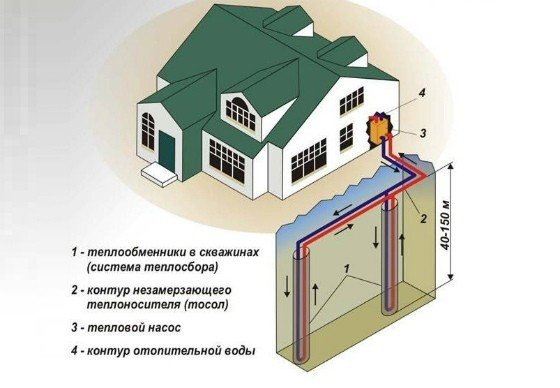

Geothermal system is a good alternative to gas heating in a private house
The ground part is identical to the classic hot water heating - pipes and radiators. Also in the house, you need to choose a place to install a generator that converts the energy of the earth into heat. As a rule, this is a basement or a free-standing room. Self-installation of the system is done as follows:
- The mine is the first to be built. The parameters (width and depth) are selected individually for each case. Depends on the climate, type of soil, output power of heating equipment, area of the house;
- Then comes the installation of heat exchangers and pipes at the bottom of the mine, through which the coolant will flow to the radiators of the house.
In summer, this system can be used for air conditioning. When additional equipment is installed, the cooled heat carrier will be supplied from the heat exchanger to the system.
The underground part provides for the creation of a well and a heat exchanger.
There are three types of geothermal heating:
- Powered by water from a nearby reservoir. At the bottom, probes are installed that convert the thermal energy of water;
- Deep groundwater energy. The heat pump lifts the groundwater, which gives off heat and energy to the home heating system;
- Heating with antifreeze. In this case, an earthen mine is built, at least 75 m deep. When heated by a heat pump, the coolant enters the heat exchanger. After taking in the heat, the antifreeze is lowered back into the mine.
Heat pump
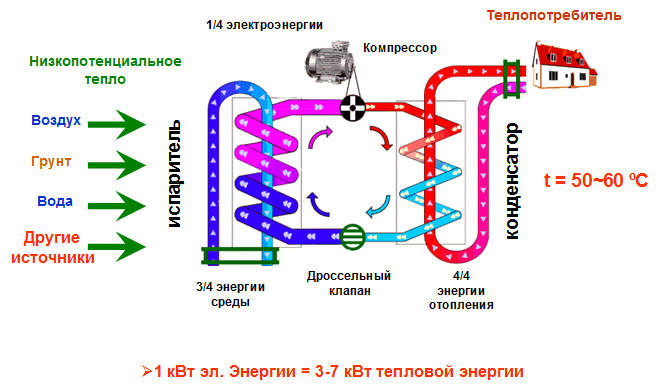

How the heat pump works
A heat pump consists of the following parts:
- Powerful compressorwhich creates high pressure.
- Evaporator-radiatorconsisting of thin tubes with high thermal conductivity.
During the operation of the pump, the compressor influences the coolant. This substance can evaporate and boil even at the lowest temperature.The compressor builds up pressure so that the refrigerant evaporates even at the lowest temperatures.
The coolant has a condenser on its way, in which the coolant gives off its heat to the radiator. It cools down to liquid and then returns to the compressor. A cycle of this type can have several repetitions.
The proportion of energy consumed by the compressor can be around 20%. The remaining 80% can be borrowed from the environment. The heat pump can take energy from the atmosphere or from geothermal sources. The peculiarity of modern units differs in that they are configured not only for heating, but also for cooling the room.
Heating systems based on heat pumps consist of the following parts:
- Probe (piping system, which is a large coil. It can be placed in water or soil. The task of the probe is to collect heat energy).
- Heat pump (The principle of operation of such a mechanism is familiar to everyone. However, such pumps can be of several types: soil-water, water-air, water-to-water heat pump, air-to-air heat pump).
The advantages of the thermal mechanism can be described as high efficiency. Such a device can give from 4 to 5 kW of thermal energy. This ensures a comfortable temperature in the home.
Coal and wood stoves can be an excellent alternative to boilers, pumps and collectors. Now they can be bought ready-made, or you can build them yourself using the necessary materials.
Having bought such a stove, you can not only maintain the optimal heat temperature in your home, but also use it for cooking. This option is perfect for heating a house in which there is no gas. This will save a lot on electricity.
Heating by solar energy
This type is gaining popularity due to the free heat source - the sun. It is used as an additional heating and power supply system. With the construction of complex systems and the presence of storage batteries, it is possible to obtain an absolutely autonomous heat source.
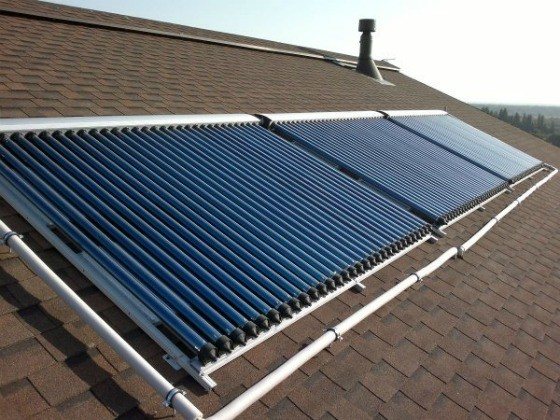

Vacuum solar collectors for home heating
Heating a private house with electrical systems
Such a heating system is one of the most convenient both in installation and in operation. Such a system works automatically and does not require any special care and intervention; also, electric heating can guarantee your living quarters a stable and high-quality operation. The electric heating system has 100% efficiency, and its advantage is the ability to regulate the heating in each room separately.
Due to its small size, the electrically powered system can be installed anywhere and at a low cost. The quality and stability of work depends on the availability of electricity. The disadvantage of an electric heating system is the high cost of electricity.
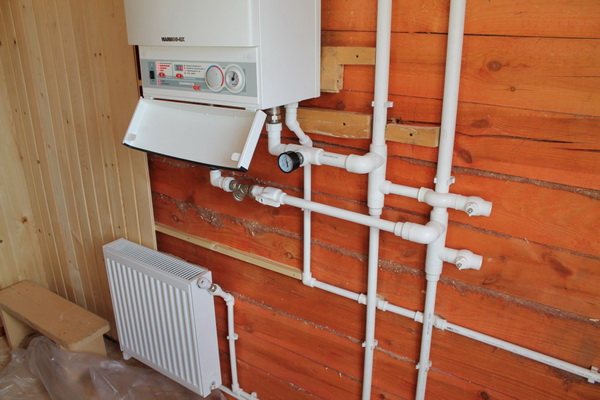

findings
Geothermal heating systems are an excellent alternative to classic heating systems, because the energy of nature is renewable and environmentally friendly. The only drawback is the small number of specialized maintenance services. Even with a high initial cost (installation and purchase of equipment), the systems pay off in several seasons.
Small gas tanks are the best solution for small cottages and country houses.
The maximum effect and minimum heat loss when using any type of heating are observed in the complex insulation of buildings - wall cladding, floor insulation, high-quality double-glazed windows.
What are alternative heat sources?
An alternative is called those sources and devices that do not require gas for their work. This approach is used in cases where there is no way to supply gas to the house or it is very expensive.But it also helps to significantly reduce heating costs, since such sources can become main or auxiliary. Therefore, even if there is a gas pipeline nearby, you can refuse it.
Alternative sources can be divided into two groups:
- They are auxiliary. In this case, the gas boiler will still remain the main source of heat, but all other elements will support its operation, for example, at peak loads or when it is not very cold outside. This approach is recommended for those who live in regions with severe winters.
- They are basic. In this version, strong appliances are used, the power of which will heat a large building. But the arrangement of such a system is not a cheap pleasure. Although, if you think about the payback, then the money is worth it.
It is the question of price that always worries most of all. And after all, before you start saving, you have to spend money. And sometimes not enough. It is this moment that causes a lot of controversy.
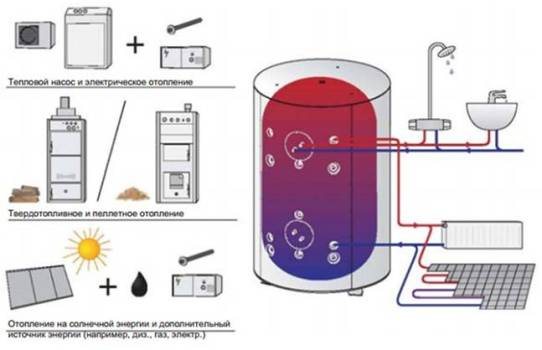

But what is the cheapest fuel? In construction, it is generally accepted that 10 sq.m. requires 1kW of energy. But such numbers appear when it gets really cold outside. Nevertheless, these data are enough to make an approximate comparison of the cost of a kilowatt-hour of different heat energy from different sources. So,:
- gas (mainline) - 50 kopecks / kWh;
- electricity - 1.4 rubles;
- firewood - 55 kopecks;
- pillets - 80 kopecks.
As you can see from the information above, gas is not that expensive. Although, in order to objectively answer this question, many individual factors have to be taken into account.
